Description
Kachnar is a deciduous tree of small to medium sized height up to 15mt with spreading crown and a short bole. Twigs of the tree are slender, light green, angled, hairy and brownish grey in color. The outer bark is scaly, smooth to slightly fissured and brownish grey in color and the inner bark is pinkish in color, fibrous and bitter. Leaves of the tree are bi-lobed with minute stipules, ovate to circular, 10-13 nerved and upper surface of leaves are glabrous. Leaves of the plant are just like camel’s hoof print. Flowers are reminiscent of showy orchids and have five slightly overlapped and irregular petals of yellow and pinkish purple color. The Cluster of flowers is unbranched at the end of twigs. Scented flowers show its first appearance in late winters when the tree is bare of leaves. Fruit is dehiscent pod; strap-shaped contains various flat seeds and about 15-30cm long.
General Information
Kachnar is closely related to peacock flower and Kachnar tree is considered as a beautiful tree in the world when it blooms. Orchid tree, camel’s foot tree, mountain ebony, butterfly ash, poor man’s orchid, the ebony tree all are common names of Kachnar. It is an ornamental tree with beautiful and scented flowers. This tree is used to attract hummingbirds in parks and gardens. Leaves, flowers, and flower buds of kachnar tree are eaten as a vegetable.
Buds of this tree are very beautiful as well as very delicious by taste. Flowers of this plant are the richest source of vitamin c. In Ayurvedic medicine system, it is best herb for krimi roga (worm infestation), apchi (lymphadenitis) gandmala (scrofula) and varna (wounds). This herb is anti-bacterial, anti-fungal, cytotoxic, anti-inflammatory, pain and fever alleviating and thyroid regulating herb.
Active compounds found in this herb are beflavone, flavonolglycoside, triterpine, saponin, phenanthraquninone and flavonoids.
Habitat
Kachnar is native to India and China. It is distributed throughout India at ascending altitude of 1300mt in Himalayan tract extending eastward to Assam, eastern, central and south India. It is also found in Burma, Nepal, Pakistan, and Sri Lanka.
Classification
- Kingdom – Plantae
- Order – Fabales
- Family – Fabaceae
Ayurvedic Properties
| Hindi / Sanskrit | English | ||
| Rasa | Kashaya | Taste | Astringent |
| Guna | Laghu, Rooksha | Physical Property | Light, Dry |
| Veerya | Sheeta | Potency | Cold |
| Vipaka | Katu | Metabolic Property (After Digestion) | Pungent |
Effects On Doshas
It balances kapha and pitta doshas.
| Charak Samhita | Sushrut Samhita |
| · Vamnopaga – Herbs used to induce vomiting. | · Kashay varga – Herbs with astringent taste.
· Urdhavbhaghara – herbs used in vamana. |
Practical Uses Of Bauhinia Variegata
- Kachnar corrects the imbalance in hormones and helps in relieving menstrual disorders like anovulation and amenorrhea. Kachnar is also very beneficial for the overall female reproductive system and it is very beneficial in various diseases like PCOD, hypothyroidism, endometriosis, and fibroids in females.
- Kachnar is anti-microbial in action and it is very effective in reducing the size of enlarged lymph nodes on neck and groin region.
- This herb is also beneficial in nasal polyps as it reduces the size of polyp and helps in easy breathing.
- A decoction of this bark is very effective in tonsillitis and thyroid related problems.
- Extract of kachnar leaves improves the liver functioning and gives wonderful results in jaundice. It is used to maintain proper metabolism and functioning of the liver.
- Bark decoction acts as an appetizer and is used for gargle for mouth ulcers and bad breath and this herb is also best used in skin disorders.
- It is also used as a scrapping herb to reduce extra fat in obese people.
- It is used to relieve painful urination and other infections related to the urinary tract.
- Kachnar is also very effective for the sufferers of hemorrhoids.
- Bitter taste flowers of this miraculous tree are a natural blood purifier and help to expel out extra toxins and waste from the blood.
- Bark juice of this herb is used to cure amoebic dysentery, diarrhea and other infections of the digestive system.
- Kachnar is anti-diabetic herb for the sufferers of diabetes with good hypoglycemic activities.
- It helps in pacifying kapha and pitta dosha.
Part Used
- Stem bark
- Flowers
- Leaves
- Seeds
Dosage
- Bark powder – 1-3gm
- Decoction – 40-80ml
- Flower extract – 10-20ml


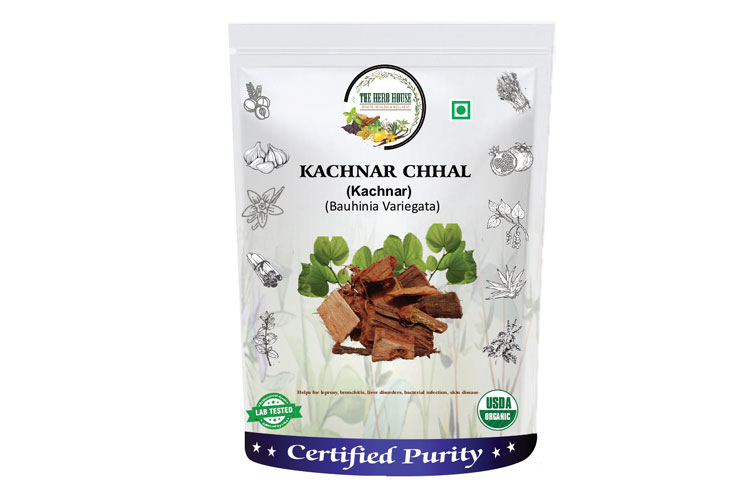
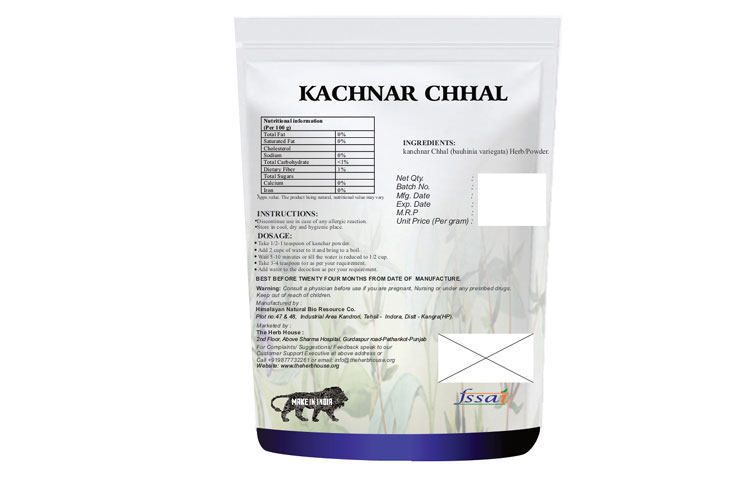
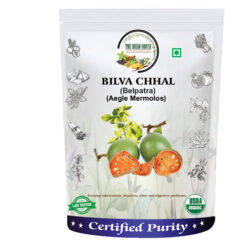

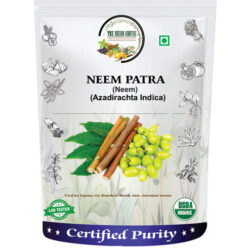
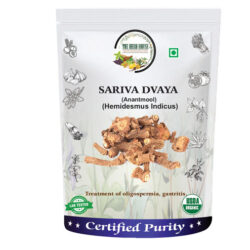
Reviews
There are no reviews yet.